WSU is giving up to $1,000 to students in need. Here’s how to tell if you qualify
Thanks to the CARES Act, more than 4,000 students will see relief
Student Marcus Ang studies at the 24-hour Ablah Library study room.
Like so many other college students who live at home, Wichita State psychology major Alyrique Franklin didn’t qualify for a $1,200 stimulus check under the CARES Act.
But luckily for the sophomore, she’s one of thousands of students eligible for a $1,000 emergency grant through WSU.
“It came as a really big surprise,” Franklin said. “Just because I’ve been working a lot and I’ve still had to pay my dues and stuff for WSU.”
WSU received $8.8 million in federal funds through the CARES Act, half of which is earmarked for student grants like the one Franklin received.
The $500-$1,000 grants are meant to help students facing unforeseen costs due to the COVID-19 crisis, including food, housing, course materials, technology, health care and child care.
Franklin said the money will help her cover an important summer course for her bachelor’s degree, which she hopes to fast-track as she ultimately aims for a doctorate.
“I applied for summer financial aid and I got declined,” she said. “I wasn’t going to be able to pay for my research methods class.”
Do I qualify?
The Office of Financial Aid hopes to provide relief for up to 4,400 students.
As of Wednesday, it has already given roughly $2.8 million to students who receive Pell grants and have “exceptional need” based on their current financial aid forms.
Those students should automatically receive the full $1,000 through their student account. They can then transfer the money to their bank account via direct deposit or a paper check.
“We are grateful for the CARES Act funding and the immediate relief it can provide many of our students,” Financial Aid Director Sheelu Surender said.
Other students have to apply for a grant and must meet the following criteria:
- Seeking a degree and enrolled in at least six credit hours (five for graduate students) in the spring 2020 semester
- Eligible to receive Title IV financial aid
- Submitted 2019-20 FAFSA forms or eligible to submit them
- Not enrolled in a fully online program as of March 13
- Have documented financial need or hardship due to COVID-19
Aaron Mounts, a junior studying international studies and Spanish, said his $1,000 came at the right time.
“As it stands right now, I actually don’t have enough money to cover . . . anything for the next month,” said Mounts, who serves as a senator in the Student Government Association.
Mounts said he’s already paid for next semester using loans, grants and his own money. He plans to use his grant to cover rent and utilities at his apartment.
What’s better, Mounts said, is that he’ll be able to save some of his paychecks for living expenses in the coming months.
“I was ecstatic,” he said. “I’ve been living paycheck to paycheck since I first started living here.
“I don’t have to worry about having to see if I can get an extension on my rent, or even if it got to the point that I had to move back to my parents’ [house].”
Crystal Zacarias, a junior psychology major and SGA senator, said she also plans to use her relief grant to cover rent, as she’s out of work until at least the fall.
While she’s grateful for the help, she said she thinks the federal government’s criteria are too specific and could prevent some students from getting the help they need.
“A lot of students can’t get this because their parents make too much, but their parents could be in a completely different working situation,” Zacarias said. “[The student] could be in a different working situation — a different living situation.
“What we use for the Pell grants for 2019-2020 are 2018 tax returns. So much could have changed.”
WSU students saw some relief at the beginning of the coronavirus pandemic, when the university gave them rebates for housing, meal plans and parking passes that were purchased for the spring semester. Tuition and fees were not refunded.
Other state universities are also rolling out student relief plans thanks to their CARES Act funding. Kansas State has about $6.3 million to give students; The University of Kansas has roughly $7.6 million.
DACA recipients are not eligible for the relief, following guidance from the Department of Education last month.
WSU students have until Friday, May 15 to apply, but those who apply by this Friday will get priority.
Click here for more information about the CARES Act relief grants.

Daniel Caudill is the former editor in chief for The Sunflower. A staffer at the paper since 2017, Caudill first covered Student Government Association...



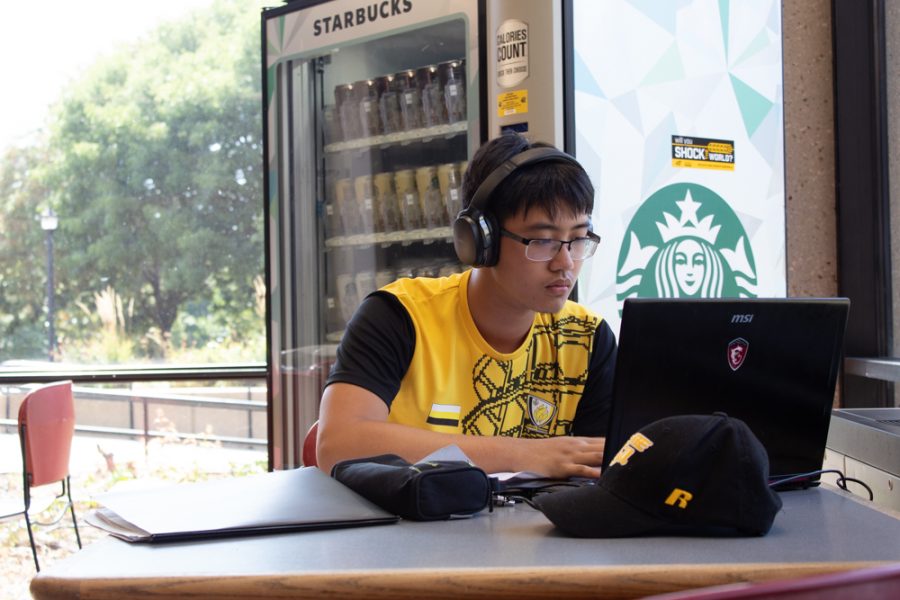
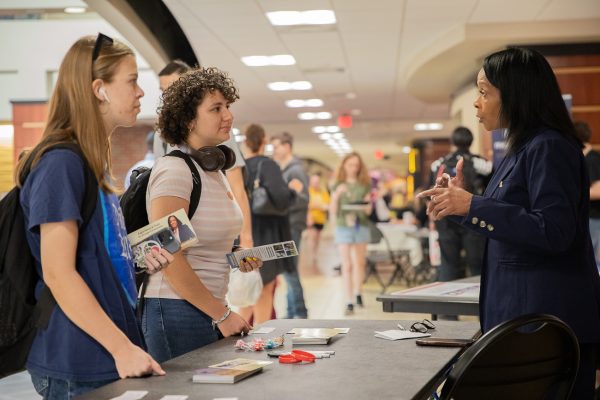
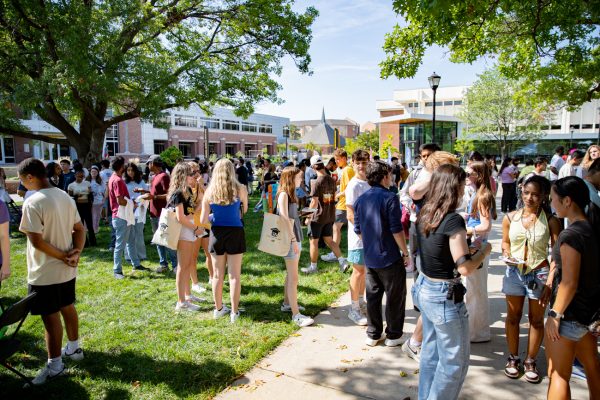

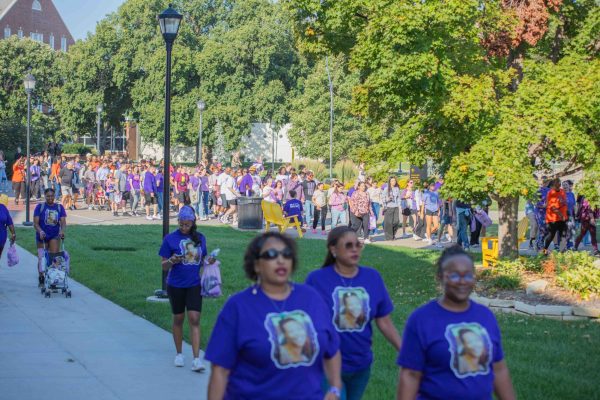
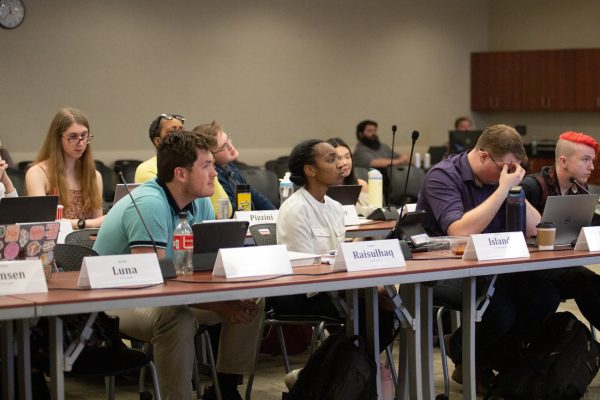

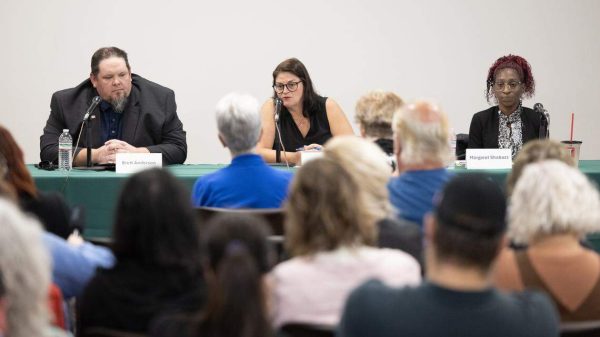
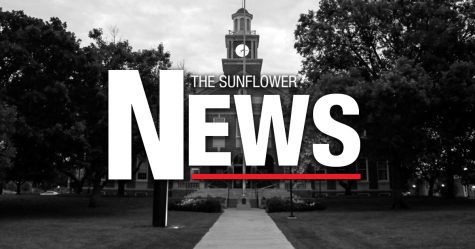
Stz Gists • Sep 23, 2021 at 10:15 am
It doesn’t look like most Americans will be getting a fourth stimulus check this year. But some California residents are. Last week, a batch of Golden State Stimulus II payments arrived in bank accounts across California. The first round — amounting to 600,000 payments — went out on Aug. 27; and the Sept. 17 batch was much larger, with at least 2 million Californians receiving the benefit.